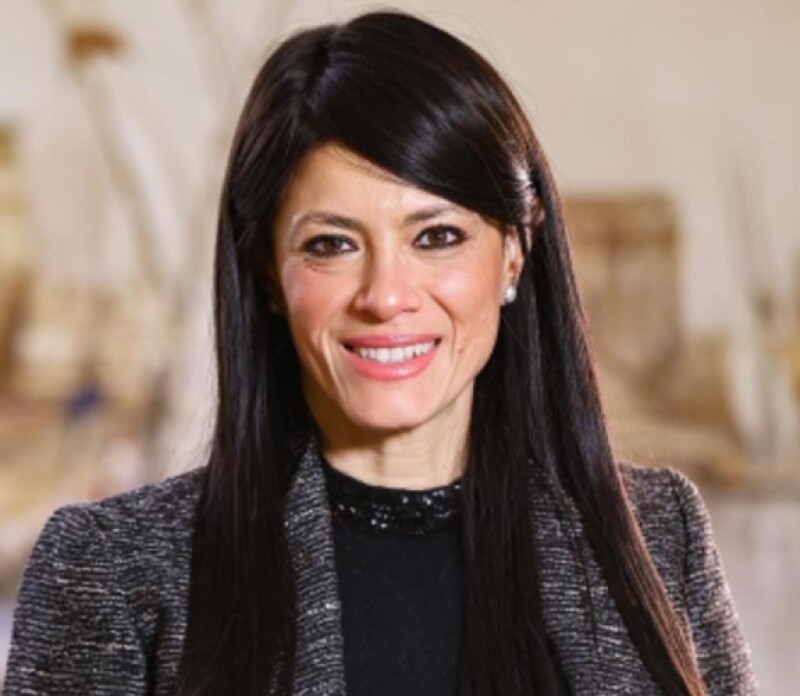Egypt has weathered a turbulent decade, marked by external shocks, currency volatility and heavy reliance on debt-led growth. But today, policymakers and investors alike are looking forward. As structural reforms gain traction and private sector investment climbs, the country is positioning itself for a more dynamic, export-oriented future.
Over the past 18 months, Egypt has taken decisive steps to reset its economic trajectory. The March 2024 currency devaluation, alongside a new International Monetary Fund programme, were a painful but necessary inflection point.
For James Swanston, senior emerging markets economist at Capital Economics, this year has brought more evidence that Egypt’s tide has turned. “Inflation is coming down quickly,” he says, “and there’s greater competitiveness in sectors like textiles, chemicals and auto components. The pain of last year’s policy shift is starting to subside, and the benefits are beginning to show.”
That export competitiveness stems from a more flexible pound. Since the exchange rate was liberalised in March 2024, the currency has largely been driven by market forces, says Ravi Bhatia, lead analyst for sovereign ratings Africa at Fitch Ratings. “GDP growth has begun to improve, and the liberalisation has also attracted tourism inflows and foreign remittances.”
After absorbing external shocks like disruptions to revenues from the Suez Canal, Egypt’s balance of payments deficit is narrowing again. Foreign exchange reserves have risen. The government’s efforts have stabilised the economy, brought much-needed resilience and laid the foundation for growth.
Private sector at the centre
For long term investors, the message is clear: Egypt is emerging from its latest period of macroeconomic adjustment with stronger fundamentals, a more competitive business environment and a clear commitment to private sector-led growth.

HE Dr Rania A. Al-Mashat, Egypt’s Minister of Planning, Economic Development and International Cooperation (pictured), stresses that the state’s reform agenda is focused on creating more room for the private sector.
“We are implementing ambitious reforms to attract domestic and foreign investment, improve competitiveness and shift toward tradable sectors,” she says. “Public investment in the 2025/26 fiscal year is capped at around E£1.1tr [$23bn], with strict compliance measures overseen by the Ministry. This is to encourage private sector investments, which are projected to reach E£1.9tr [$40tr] over the same period.”
Even before the new fiscal year, the numbers told an encouraging story. Private investment accelerated by over 24% year-on-year in the third quarter of the 2024/25 fiscal year, which ended in June. That meant it exceeded public investment for the third consecutive quarter, according to the Ministry of Planning, Economic Development and International Cooperation (MIC).
To support this shift, the MIC has launched innovative mechanisms such as the Hafiz platform, providing advisory and financing tools to companies of all sizes.
Building confidence with international partners
Egypt’s ability to mobilise international partnerships has been a cornerstone of its recovery strategy. Through its partnerships with the European Union, World Bank, International Finance Corporation, European Bank for Reconstruction and Development and other international institutions, the MIC has helped unlock billions of dollars in finance, aimed at the private sector.
“Beneficiaries have included start-ups, small and medium-sized enterprises and large corporations,” says Al-Mashat. “Financing instruments have ranged from credit lines and concessional development loans to direct equity participation, investment guarantees and technical support. These outcomes reflect growing international confidence in Egypt’s investment climate and the expanding role of the private sector in driving economic growth.”
By end-March 2025, the development finance portfolio stood at nearly $23bn, funding 195 projects across renewable energy, food security, health, education and infrastructure.
A flagship example is the Egypt-EU Strategic Partnership, under which the EU’s EFSD+ investment guarantee platform could mobilise up to €5bn in public and private investments between 2024 and 2027.
These partnerships serve two purposes: they bring in capital at scale and they build global investor confidence — increasingly visible in macroeconomic indicators and international assessments.
“The reforms implemented by the state have already been reflected in GDP growth, inflation improvements and a stabilised foreign exchange market,” Al-Mashat says. “International reports from the IMF, World Bank and credit rating agencies now confirm a positive outlook for Egypt’s economy.”
UNCTAD’s 2024 World Investment Report ranked Egypt ninth globally and first in Africa for foreign direct investment inflows, with $47bn in new investment — up sharply from $10bn in 2023.
Analysts say sustained foreign investment will indicate the country’s trajectory. “One of the clearest signals will be FDI flows — not just into government bonds or deposits, but into equity, manufacturing and operations,” says Swanston. “That shift would mark a genuine change from debt-led growth to investment-led growth.”
Structural reforms and competitiveness
Sustaining momentum will depend on deeper structural reforms. Egypt’s National Structural Reform Program prioritises three areas:
1. Macroeconomic stability — keeping the pound flexible, inflation under control and fiscal discipline intact. The liberalisation of the exchange rate and tighter monetary policy were painful adjustments, but they have helped narrow external imbalances and restore investor confidence.
2. Business environment — reducing red tape, improving licensing and ensuring competitive neutrality through the new State-Owned Enterprises Law and Competition Authority reforms. Recent moves to digitise customs clearance and automate licensing have helped cut some delays, but investors still highlight complexity as a barrier.
3. Green transition — Egypt has launched a voluntary carbon market, created sustainability indices on the Egyptian Exchange, and is preparing a national green taxonomy. The regulator has issued a legal framework for green bonds.
Sectoral shifts and new growth drivers
Foreign capital will be vital to making Egypt’s growth more diverse. Non-petroleum manufacturing, information and communication technology, financial services, transport and tourism are already leading sectors. But there is still untapped potential.
“Egypt sits on one of the key trading routes of the world,” says Swanston. “If it can leverage the Suez Canal more effectively — through privatisation, investment and port development — it has a natural advantage to attract FDI and boost exports.”

Hisham Ezz Al Arab, CEO and Board Member, CIB
Investments in ports, logistics hubs and free zones are designed to position Egypt as a regional trade gateway. Al-Mashat says there is structural transformation in the Egyptian economy toward tradable and exportable sectors, leveraging geography and the various infrastructure mega-projects implemented by the state over the last decade. “The Egyptian economy,” she says, “is prepared to occupy its position as a regional hub for energy, trade and logistics, and as an export hub to various countries of the world.”
At the same time, sustaining this transition will depend on developing human capital to match new growth sectors. The government has expanded technical education initiatives and is promoting digital skills to prepare graduates for industries such as ICT and advanced manufacturing.
“Education is critical,” says Swanston. “Egypt has a young population, but it needs better tools and skills to move into high-value sectors, whether that’s manufacturing, AI or data centres. Without that, it will struggle to attract higher quality foreign investment.”
After years of turbulence, Egypt is entering a new phase: one defined less by crisis management and more by opportunity. Currency flexibility, structural reforms and international partnerships have set the stage. Private investment is rising, exports are strengthening, and the green and digital transitions are opening new frontiers. Egypt is not only stabilising — it is positioning itself as one of the most attractive emerging market opportunities in the years ahead.
Lead image © Ahmed Gomaa/Xinhua/Alamy Live News
